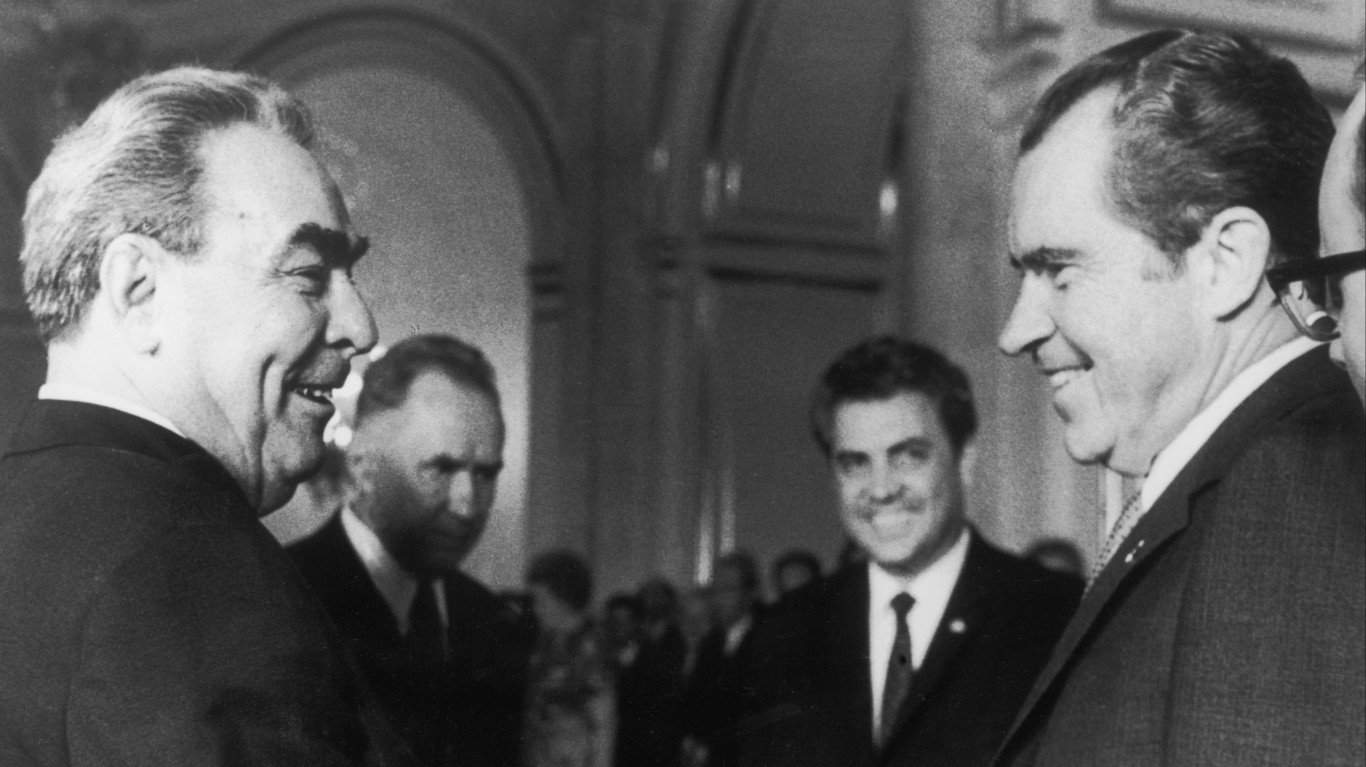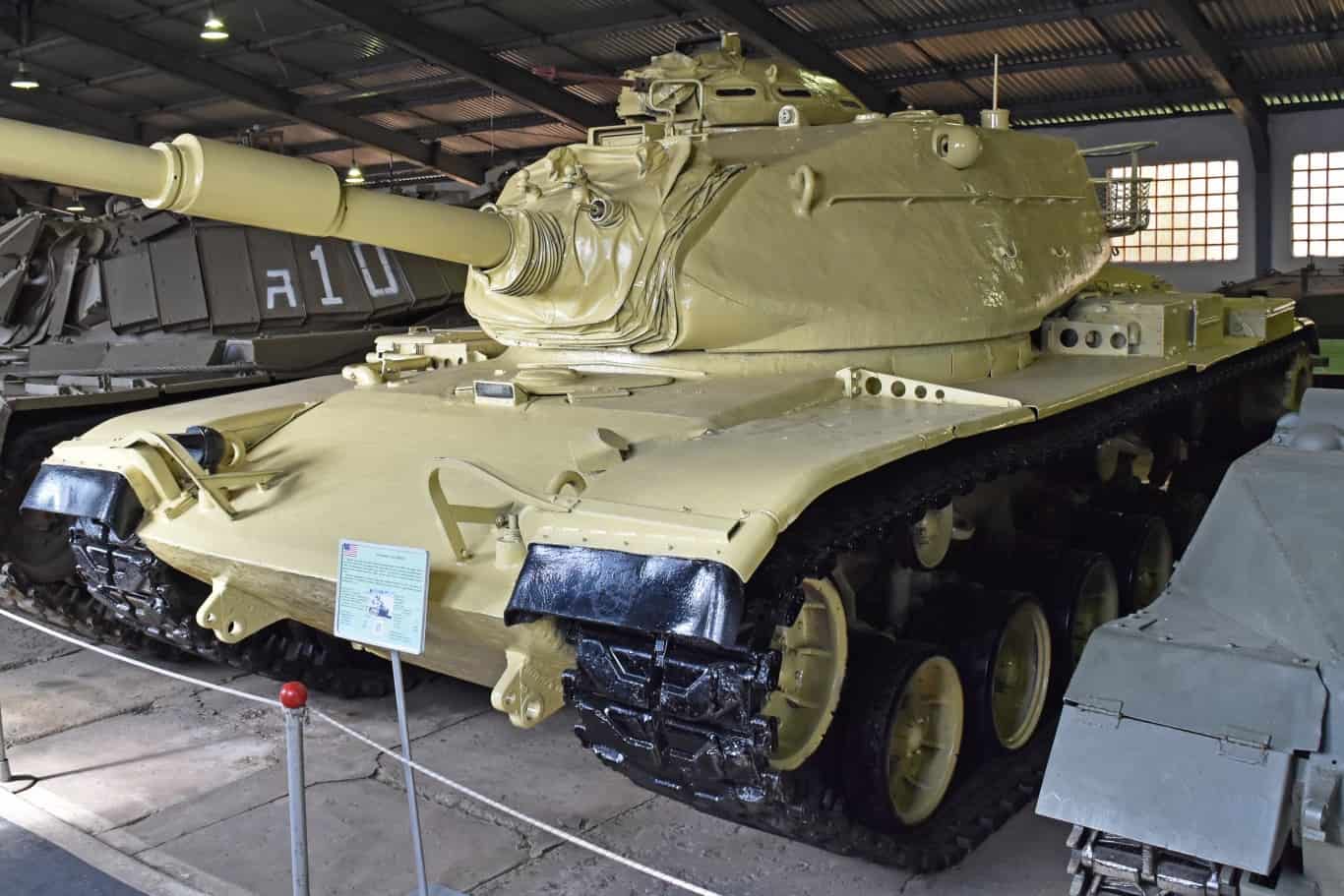The Cold War stretched from 1947, following the end of World War II, until 1991, when the Soviet Union dissolved. Since the end of the Cold War, many myths regarding America and its involvement in the conflict have emerged. Social media often allows the dissemination of misinformation, and many users were not alive during the Cold War, leading to more vulnerability to conspiracy theories surrounding it. After all, sensational headlines are typically more popular than the boring old truth.
With fears of a second Cold War rising, there is more public interest in understanding the power struggle during the first Cold War. However, with more public interest comes the propagation of misconceptions as people spread myths by word of mouth. Let’s assess and debunk some of the most crucial myths surrounding Cold War America.
To make this list, we determined the most pervasive myths about the Cold War. We consulted several other published misconception lists regarding the Cold War to see which misinformation was frequently repeated enough to be featured. Then, we studied primary and secondary sources to find out the truth of the situation as told by historians. We did our best to consult sources from many angles to determine the reality of the situation without a heavy bias toward any singular party in the conflict. As with any geopolitical conflict, sources from the major players in the engagement tend to have a heavier bias.
So, we surveyed as many academic sources as possible to determine which factors were present in the portrayals of all sides. (Here are 17 Cold War sites you can still visit in the U.S.)
Americans Knew Who the Enemy Was During the Cold War
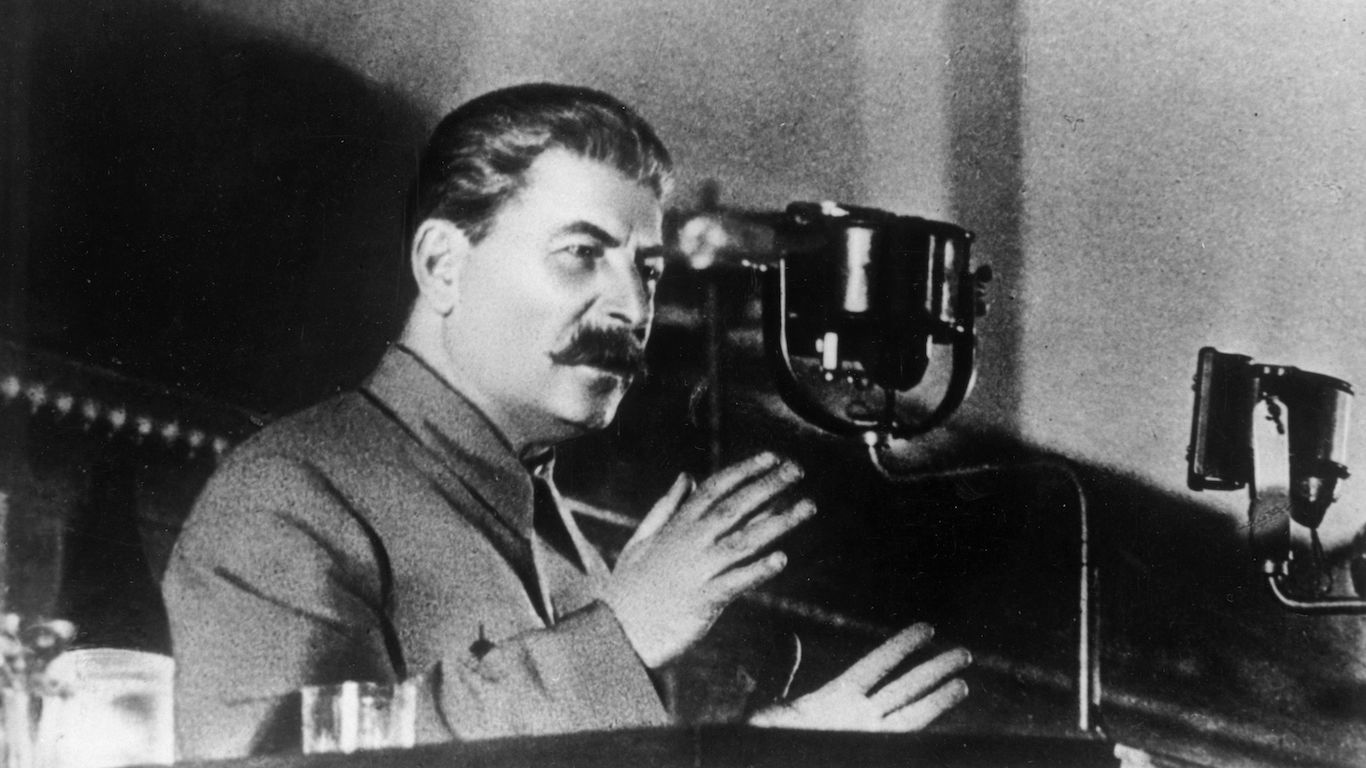
One common misconception among people unfamiliar with the Cold War is that the American government and the populous knew who they were “fighting” in the war. However, the truth is that there were so many countries involved in the Cold War that it was nearly impossible to pin down a single “enemy” that Americans faced. The Cold War’s most prominent enemy was a subject of pretty heavy debate during the conflict. The government officials and the populous could not agree on which target was most crucial to engage and defeat.
Many people believe that the primary enemy of the Cold War was the Soviet Union, and in many respects, that is a correct assessment. However, America also sent military forces to the Korean peninsula and Vietnam during the almost 50-year geopolitical conflict. Many of President Truman’s aides believed that sending forces to the Korean War would divert attention from what they believed the real enemy was: Joseph Stalin and the Soviet Union. When the government sent forces to the Vietnam War, experts raised the question of the true enemy in the conflict again. Was the oppositional force of the Cold War the Soviet Union? Vietnamese communists? Korean communists? Chinese communists? No one could agree.
Alongside outside forces, many people believed the most important enemy was on the inside. The “Red Scare” refers to a widespread fear of leftist ideologies, such as communism, infiltrating society. The second Red Scare in America coincided with the beginning of the Cold War, and general feelings of political betrayal due to McCarthyism were rampant throughout the entire conflict. These feelings further muddied the waters of determining who the opposition in the Cold War was.
American Strategy During the Cold War Was Containment
The Cold War largely consisted of two world superpowers attempting to spread their respective ideologies worldwide. The United States and much of Western Europe sought to stop the spread of Marxism in disenfranchised countries. Thus, many people have mistakenly adopted the idea that America’s strategy to “win” the Cold War was to contain Soviet influence and prevent it from spreading.
However, the real truth is that the U.S. didn’t employ any single strategy as their “primary” strategy, instead using a smattering of methods to achieve their goals. In many instances, the U.S. did not even move to “contain” the spread of Soviet influence. While they were able to stop the occupation of South Korea by North Korea and block Soviet inroads in Japan and Western Europe, many other military interventions failed spectacularly.
Vietnam was a complete militaristic and political failure. Efforts to curb Soviet influence in China and Southeast Asia were spectacularly unsuccessful. While sending anti-communist guerillas to Afghanistan also had middling effects, it did lead to Mikhail Gorbachev’s decision to pull Soviet troops out of the conflict. However, the communist government in Kabul retained power until the collapse of the U.S.S.R..
There were also attempts to dismantle existing leftist regimes, such as in Iran. The United States also engaged in diplomacy, military aid, and economic assistance to countries that broke away from the Soviet Union, such as Yugoslavia, China, and Egypt. While containment was a guiding principle, it was never the be-all end-all of America’s toolkit during the Cold War.
The Cold War Was a Time of Relative Stability
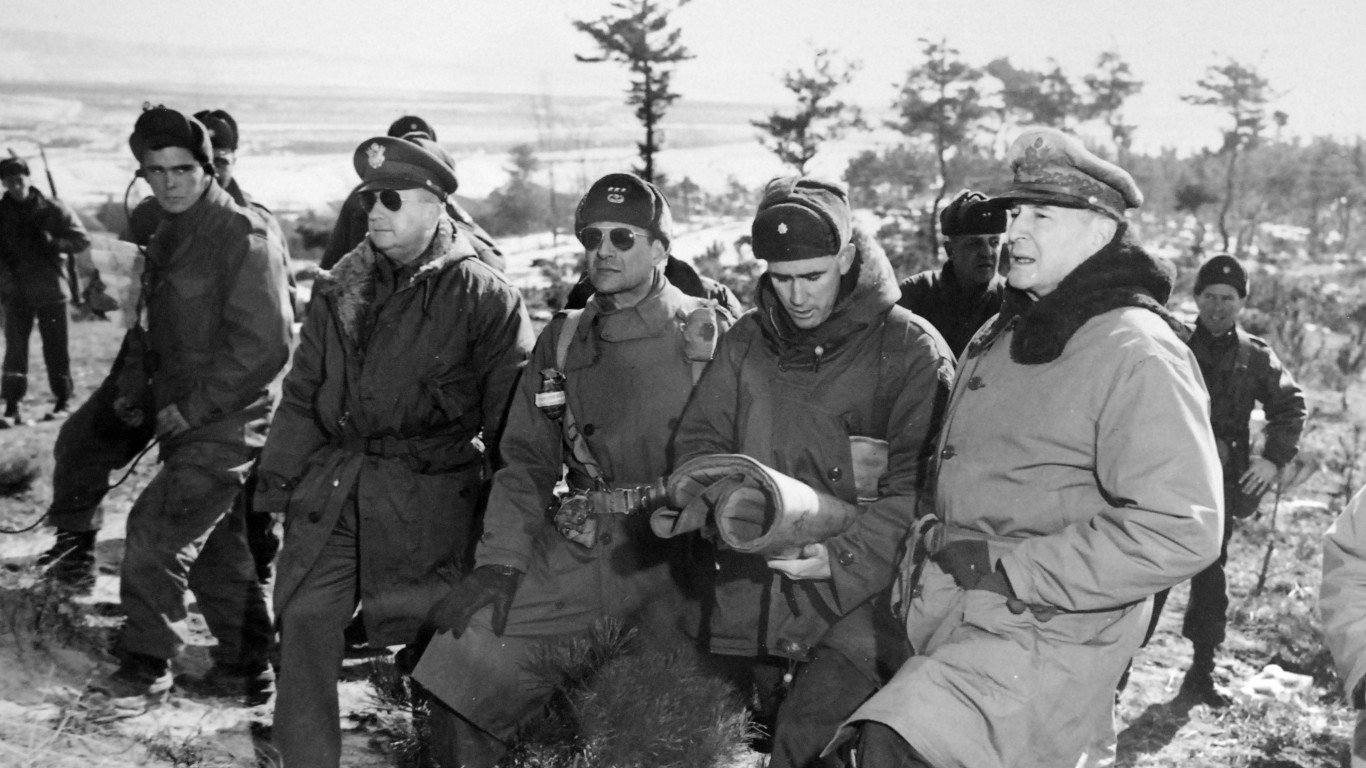
Several columnists for different outlets have touted the idea that the Cold War added a sense of “stability” to the world stage — that the two world powers engaged “understood the rules.” Some even long for the days of the Cold War compared to the current terrorism crisis and the military engagements that result from it. However, while it might make sense to compare the two geopolitical conflicts, it would be erroneous to say that the Cold War was a time of stability.
Conflicts between the U.S., the Soviet Union, and China emerged regularly throughout the Cold War. There were major engagements over Turkey and Iran following World War II. The Berlin Blockade from 1948–1949 caused major issues. The Korean War was a massive geopolitical and military conflict that lasted several years. There were also the Quemov and Matsu crises in the 1950s, the Cuban Missile Crisis, and the Vietnam War, which included several world powers.
Additionally, the current terrorism crisis didn’t suddenly appear on September 11, 2001. There were actually more international terrorist attacks in the 1960s and 1970s than there have been since 1989.
Several major terrorist attacks occurred during the Cold War that fed into the conflicts that led to the attacks in the 21st century, such as the assassination of the Jordanian prime minister, the massacre at Israel’s Lod Airport, and the kidnapping and murder of several Israeli athletes at the Munich Olympics in the early 1970s. It was hardly a time of geopolitical and military stability.
The Arms Race Brought Long Peace
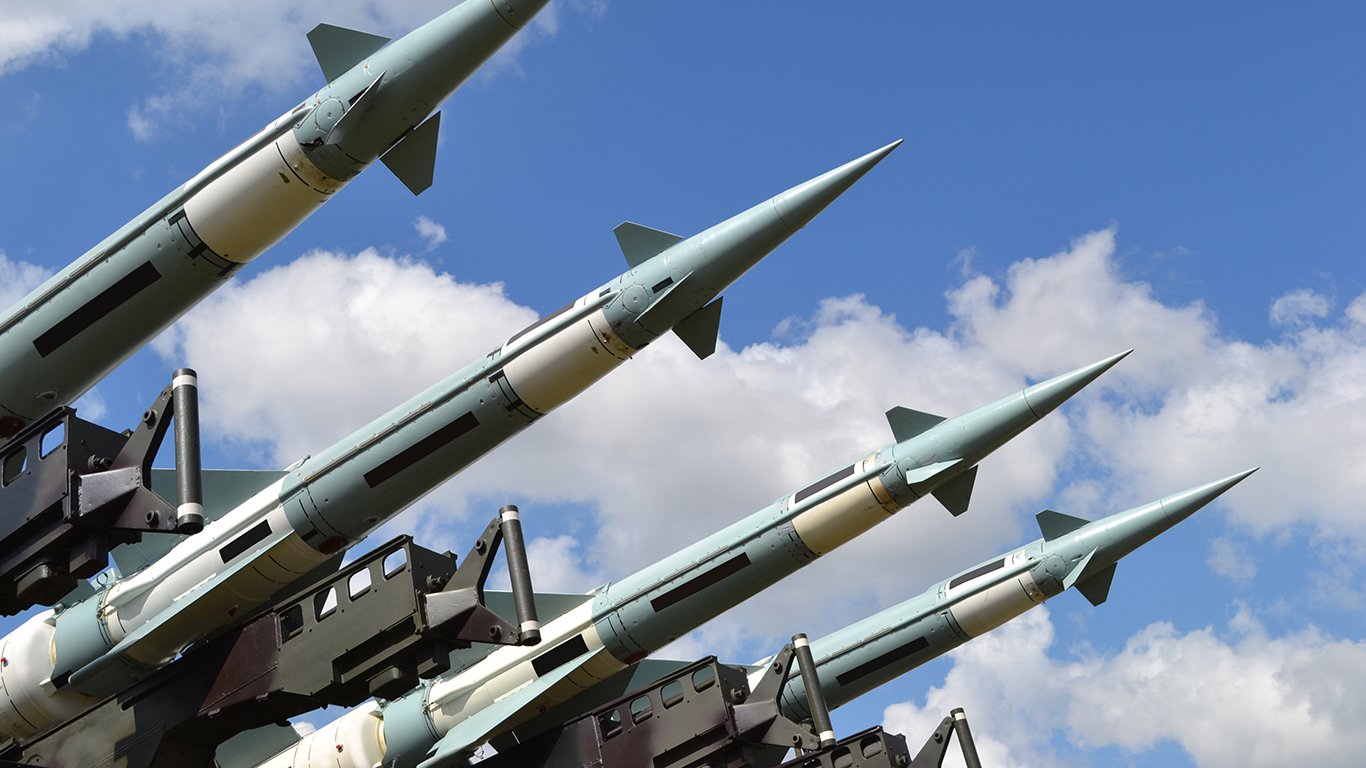
1980s historian John Lewis Gaddis purported the idea that the Cold War was a “Long Peace.” However, this assessment is flagrantly incorrect. The only reason the idea that the Cold War could be considered a state of peace at all is because the most prominent powers in the conflict—the United States of America and the Soviet Union—did not come to a direct conflict. However, that doesn’t mean the world was at peace. Countries outside of the main conflict did engage in bloody acts of terrorism and war during the Cold War… a lot of them.
The Human Security Report Project states that nearly 700,000 people were killed in the wars of the 1950s, many of which were directly caused or aggravated by the Cold War. That doesn’t even include military engagements from the ’60s and ’70s or people killed by their own totalitarian governments, such as Pol Pot’s Cambodia and Mao’s China.
When you include those numbers, the death toll goes up into the millions. A time when millions of people were dying in both military engagements and political deaths from their home governments is hardly a time of peace.
Additionally, these conflicts weren’t without involvement from the United States and the U.S.S.R. Both countries had their hands in several civil and international wars. The Western powers also backed many regimes in Latin America and Africa that directly brought about the deaths of vast numbers of people.
The only direct conflict that was truly avoided was America and the Soviet Union. However, their indirect conflicts and geopolitical backing caused millions to die.
The Cuban Missile Crisis Was the Only Time the World Was on the Brink of Nuclear War
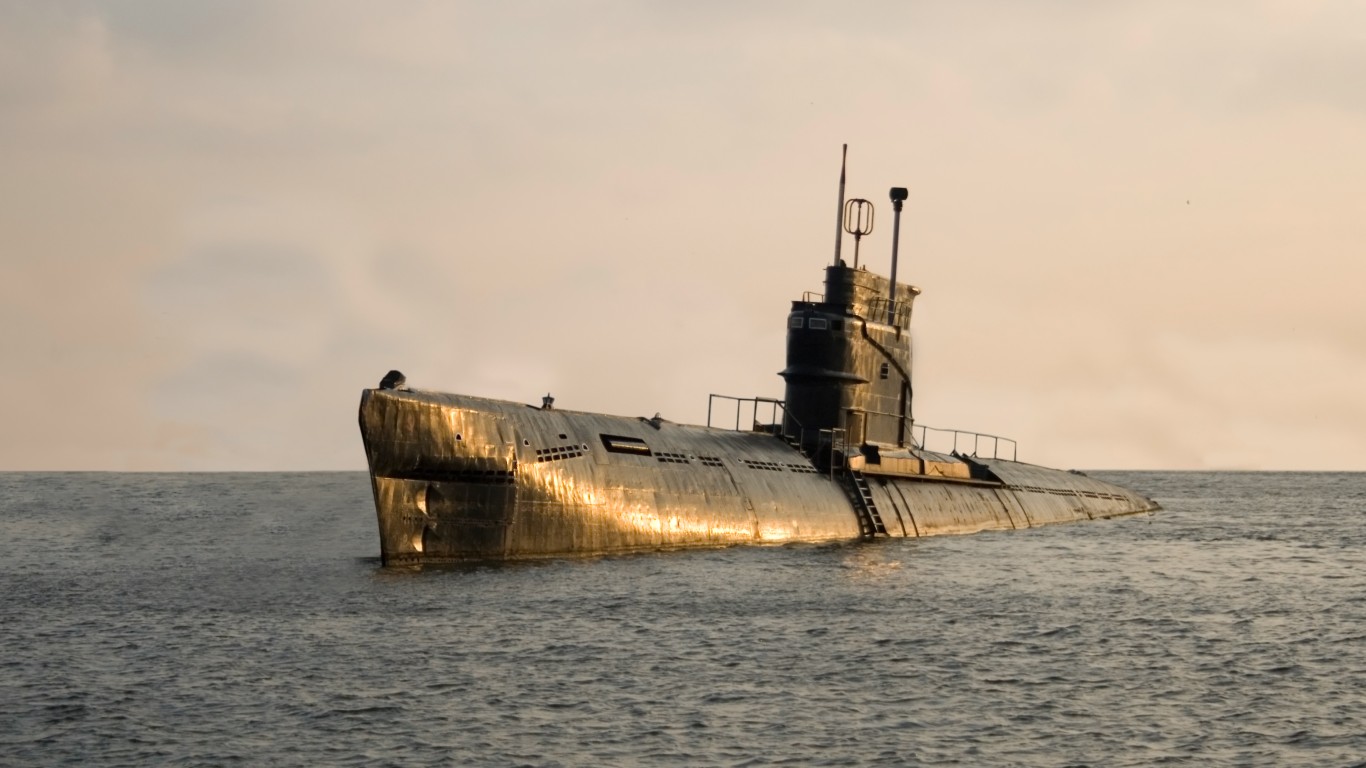
Most people are at least tangentially aware of the Cuban Missile Crisis of 1962, where the United States faced Soviet Union warheads pointed directly at them from Cuba. Ultimately, that situation didn’t end in nuclear war, as de-escalation efforts were effective enough to prevent a direct confrontation between the nations. However, this was not the only time that the U.S. and the Soviet Union were on the brink of mass nuclear war.
In 1983, NATO began a project known as Able Archer 83, which was a training exercise to help troops figure out how they should act if the world were to break into a massive nuclear war. However, this training exercise included bombs being loaded onto nuclear-capable aircraft, troops moving to the projected frontlines, government involvement by officials to heighten realism, and the U.S. also moved all of its Pershing II nuclear missiles to Europe. These actions led the Soviet Union to believe that NATO was preparing for a real, planned engagement.
Soviet leaders responded by mobilizing air units in East Germany and Poland. They continued by poising submarines for attacks and loading live nuclear warheads into planes intended to strike deep into NATO territory.
The Soviet Union also began preparing for what they assumed was a pre-emptive strike coming from NATO. If Lieutenant General Leonard Perroots had not noticed that the Soviet forces were responding to the Able Archer 83 exercise unusually, Europe likely would have been obliterated when the U.S.S.R went on the offensive to strike NATO before they could be struck.
Most Americans Supported the Space Race

While the Space Race is often portrayed as a cause that united the American public against the Soviet Union’s influence, it was actually a fairly divisive topic at the time. American schools often teach that when President John F. Kennedy promised to land a man on the moon by the end of the 1960s, Americans rallied behind him and supported the missions led by NASA as they advanced technology at a pace much faster than anyone ever expected.
The full cost of the Apollo program was $25 billion. In today’s money, that’s closer to $152 billion. Due to the ever-increasing costs of the space program, the majority of the American public had a slightly negative view of it. Most people polled in the 60s consistently said they felt the Apollo program was not worth the amount of money the government was pouring into it.
By 1965, only 39% of the American public believed that the U.S. should (not will, should) land a man on the moon first, regardless of the cost. As of 1979, 53% of the public thought America’s space program was worth the money being spent on it.
The opinion of the Space Race wouldn’t tip the majority until 1999, and even then, only 55% believed that the effort was worth the cost. The newer public opinion of the Space Race and the belief that it was a uniting cause in the Cold War is largely due to retroactive propaganda justifying it.
The Cold War Was Always Tense
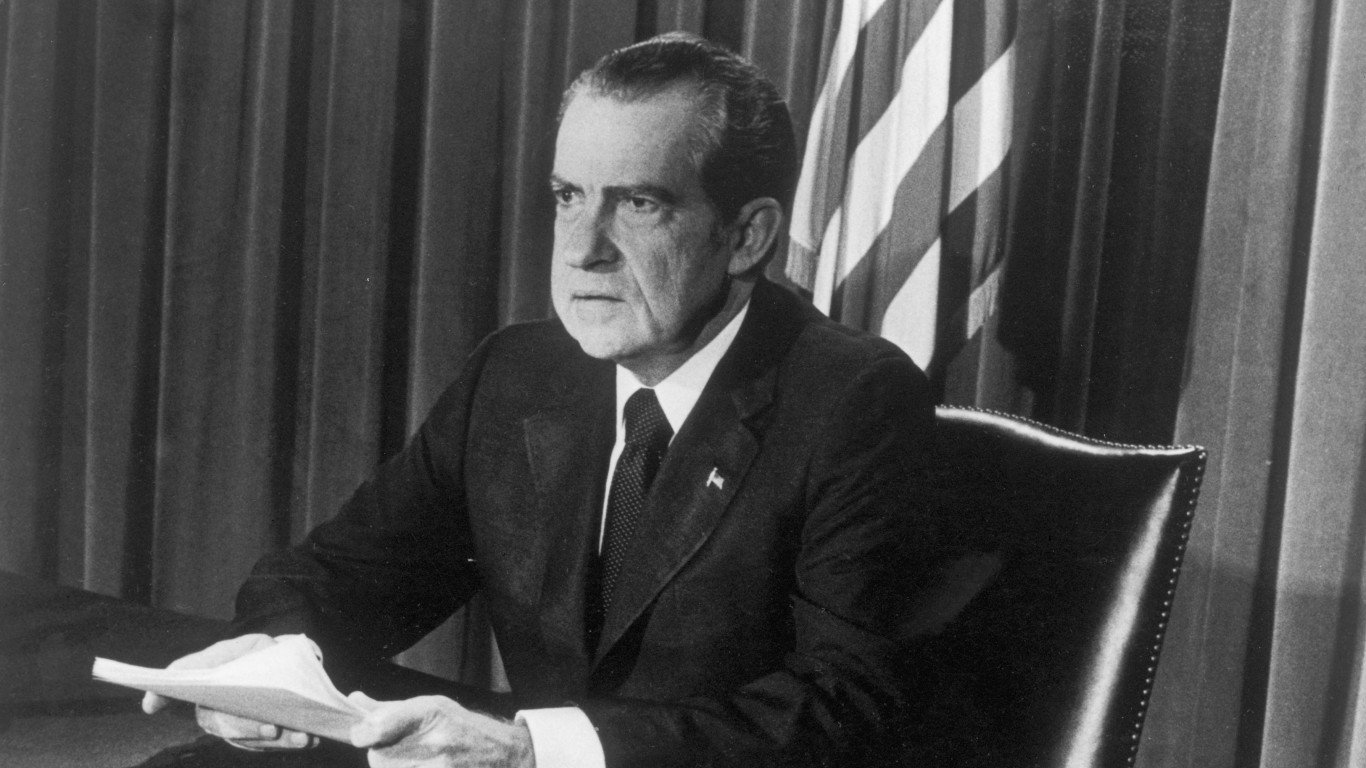
It’s easy to mistake the social environment of the Cold War as being consistently tense. Throughout the geopolitical conflict, there were several moments of severe tension between America and the Soviet Union, as well as strife in other nations. However, to say the Cold War was a consistent forty-five years of tension would be incorrect, too.
Starting in 1972 when President Richard Nixon visited Moscow, the Cold War entered an era of relative serenity between the United States and the Soviet Union, known as Detente. During this visit, Nixon and Soviet leader Leonid Brezhnev discussed how lowering geopolitical tensions between the two nations could be beneficial to both countries. They made several legally binding agreements on arms control and promised cooperation in sectors like space research.
Detente began to erode in 1974 when Nixon resigned following the Watergate scandal and the agreeableness between the two superpowers was never recovered. President Ronald Reagan declared detente a “one-way street that the Soviet Union has used to pursue its aims.” Thus, officially ending the period of calm.
Spies During the Cold War Were Glamorous and Engaged in Illegal Activity
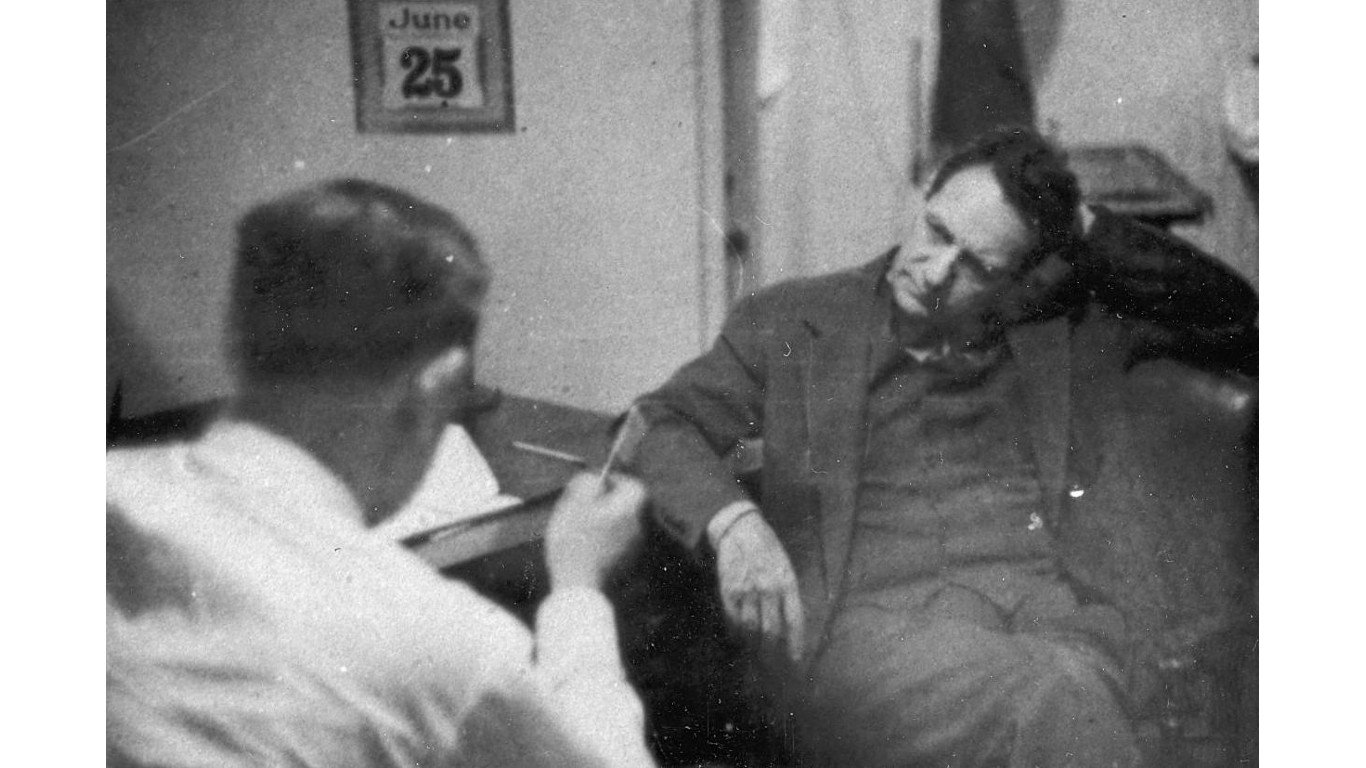
The media has glamorized and misrepresented espionage in general, especially Cold War-era spies. We imagine spies as suave, charismatic agents deployed behind enemy lines to uncover the enemy’s secrets, like James Bond. However, Cold War-era spies were mostly not doing any of that.
Many of them didn’t even engage in any particularly illicit behavior during the majority of their tenures in espionage.
Thanks to the Military Liaisons Missions, several intelligence officers from both the United States and the Soviet Union operated on both sides of Germany. These missions turned into what was effectively legal, above-ground spying on each other.
The goal was to improve relations between the warring superpowers by dispelling paranoia about each other. After all, it’s hard to feel like you’re being fleeced when you’re allowed to keep tabs on each other out in the open.
Putin Brought the Cold War Back

Many people believe that Russian President Vladimir Putin has brought the Cold War back for a second round. Putin does have an authoritarian ruling style with obvious influences from his time in the KGB. However, fears of a second era like the Cold War are largely overblown.
Russia’s army is less than ⅕ the size of the U.S.S.R.’s, making it harder for it to achieve its goals as a global superpower. Additionally, as a nation, Russia has a far less widespread appeal than the U.S.S.R. did. The Soviet Union could peddle an ideology that appealed to the disenfranchised, which Russia does not have.
While relations between Russia and the Western powers will likely remain strained, in no small part due to Putin’s ideological clashes with other leaders, there are shared goals between us, and it is possible for us to work together without a true partnership (Take a look at the most expensive military tech ever built.)
